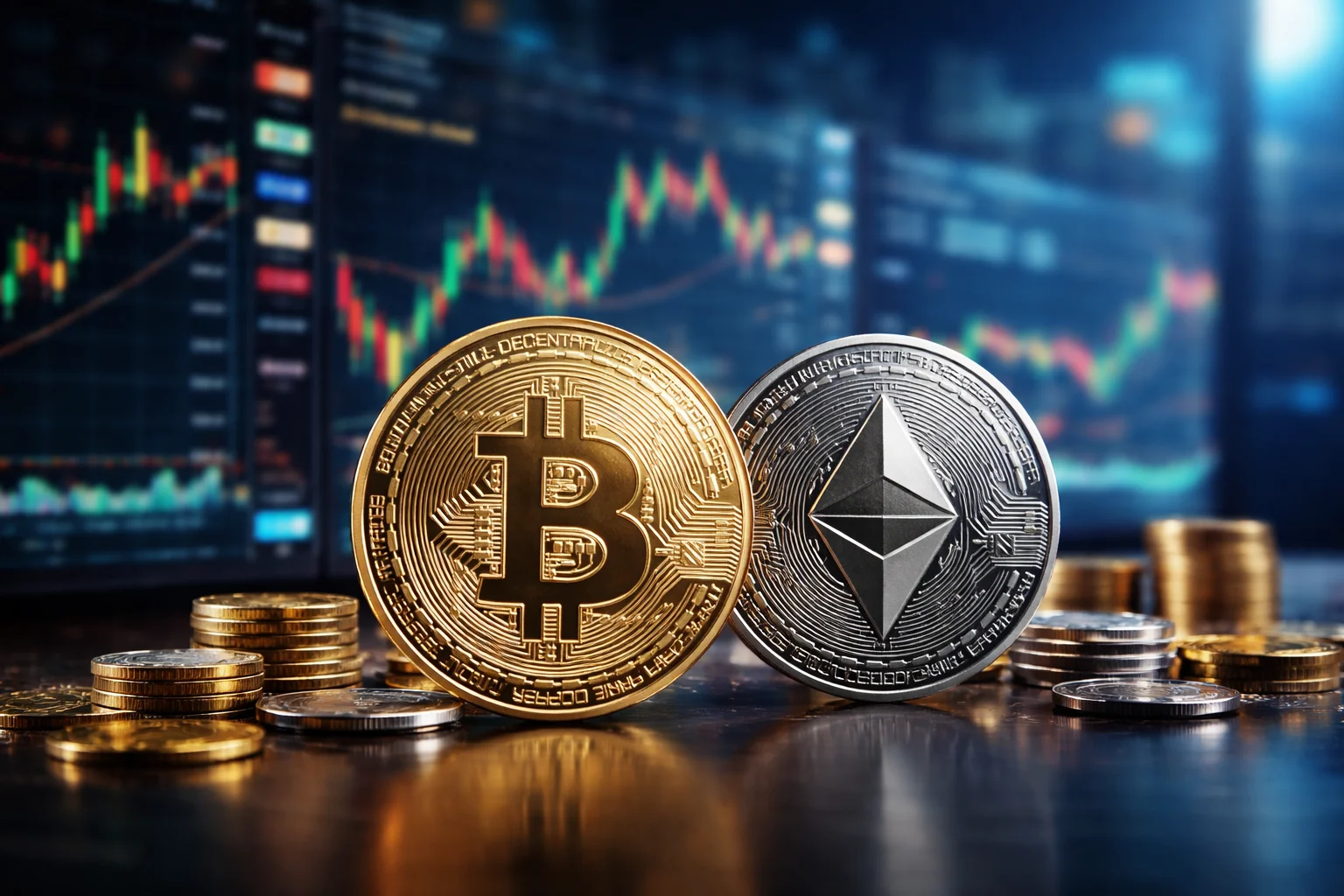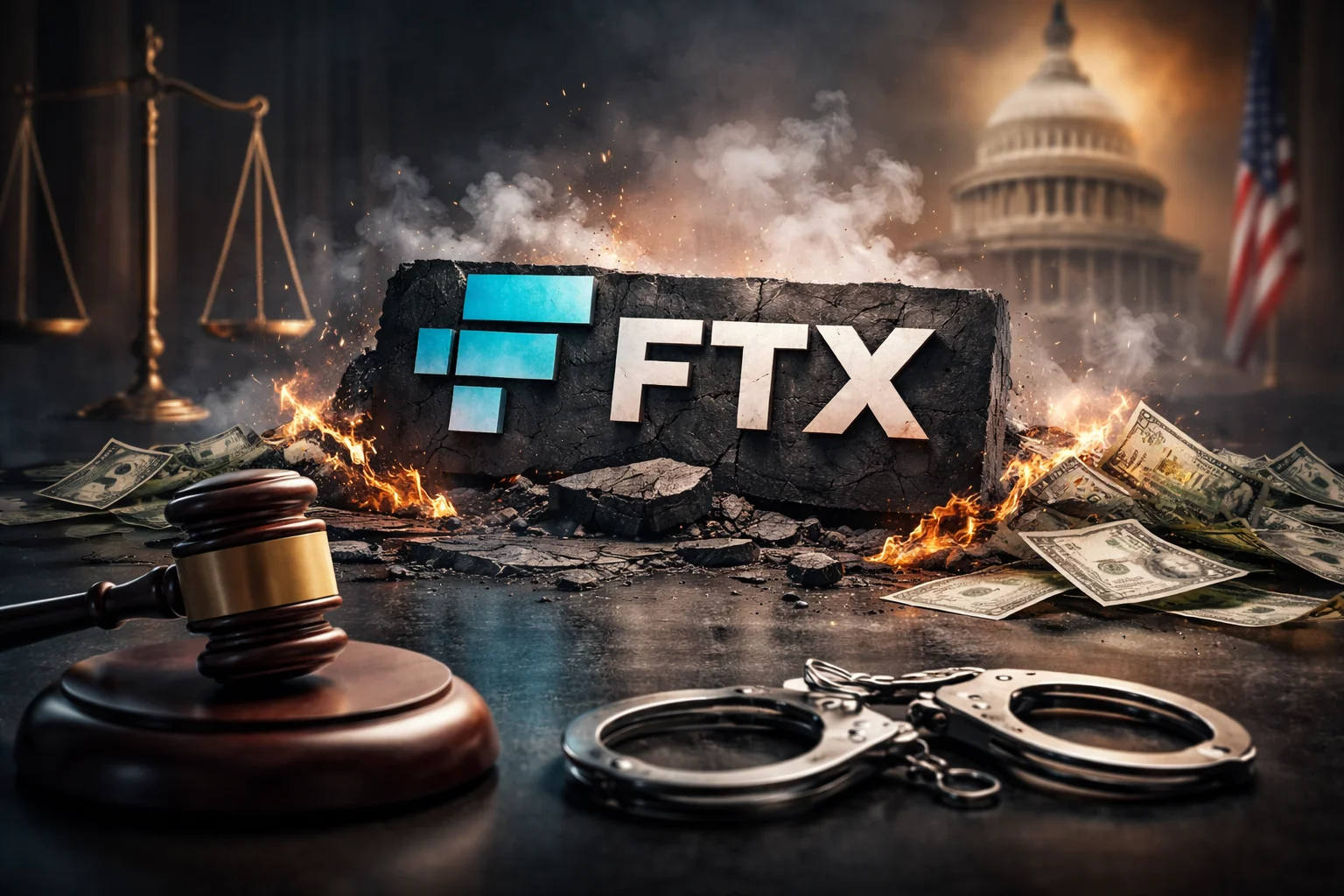First of all, it should be noted that this application will only be valid in countries that are members of the European Union. Since MiCA regulations cover countries that are members of the European Union, there is no change for investors living in countries that are not members of the EU. In other words, Binance's stablecoin policy will continue in the same way for investors living in Türkiye. However, investors using Binance in the EU will need to comply with the new regulations
New regulations in the cryptocurrency market directly affect investors and exchanges. The European Union's Crypto Asset Markets Regulation (MiCA) introduces new rules for stablecoins. In this context, Binance announced that it will remove stablecoins that are not compatible with MiCA from the list for users in Europe. The affected assets include USDT, FDUSD, TUSD, USDP, DAI, AEUR, UST, USTC, and PAXG.
So, what does this move mean? What should investors holding USDT, USDC, and other stablecoins do?
What is MiCA and Binance's Move
MiCA (Markets in Crypto-Assets) is a comprehensive regulation of the European Union aimed at regulating the cryptocurrency market. This regulation imposes strict conditions especially on stablecoin issuers. Exchanges in Europe must also comply with these new rules.
Binance is preparing to delist stablecoins that are not MiCA-compliant in order to continue to serve the European market. This could lead to serious changes in the stablecoin market and require new strategies for investors.
1. "I trade with USDT, should I sell it?"
If you are using Binance in the European region, the delisting of some stablecoins such as USDT may affect you. However, this does not mean that USDT will disappear completely. Binance will most likely support stablecoins that are MiCA-compliant as an alternative.
What should you do?
Follow Binance's announcements.
Alternatively, consider switching to MiCA-compliant stablecoins (for example, EUR-based stablecoins or regulated assets like USDC).
If you have a long-term investment strategy and are using USDT on other platforms, evaluate the situation before panic selling.
For non-MiCA-compliant stablecoins, the custody functions will be preserved, and users will be able to deposit and withdraw these assets at any time.
2. "My cash is in USDT, what should I do?"
The delisting of USDT does not directly mean that your money will be lost. However, trading options may be reduced.
Alternatives:
Follow the new stablecoins that Binance will support.
You can convert your USDT directly to fiat currencies (such as EUR, USDC).
3. "I have open futures positions, what should I do?"
Binance has not clearly stated whether it will continue to support USDT-based pairs in futures. However, the following possibilities should be considered:
If Binance becomes fully MiCA compliant, new stablecoin pairs may be created for futures.
If you have open positions, follow Binance's announcements carefully. There may be options such as closing positions or switching to different stablecoins.
Among the options, Binance can automatically convert users' relevant assets and liabilities to USDC and cancel all pending orders. We will be following the announcements closely.
Strategies for Regular Investors
Investors trading in Europe can follow these steps to minimize the impact of stablecoin regulations:
Follow Updates: Follow Binance's announcements and MiCA-related developments closely.
Evaluate Alternative Stablecoins: Evaluate options for switching to new MiCA-compliant stablecoins.
Define a Periodic Transition Strategy: You can be prepared for possible changes by holding assets in both USDT and alternative stablecoins for a while.
Don’t panic: Regulations are made to make markets more reliable in the long term. Instead of making snap decisions, evaluate your current options.
Binance’s move to delist non-MiCA-compliant stablecoins is a significant change for crypto investors in Europe. However, this does not mean that the stablecoin market will disappear completely. New alternatives will emerge and investors should adapt to this new era. The best strategy is to follow developments closely, make informed decisions and evaluate your investments with a long-term perspective.
Author: Besim Şen




